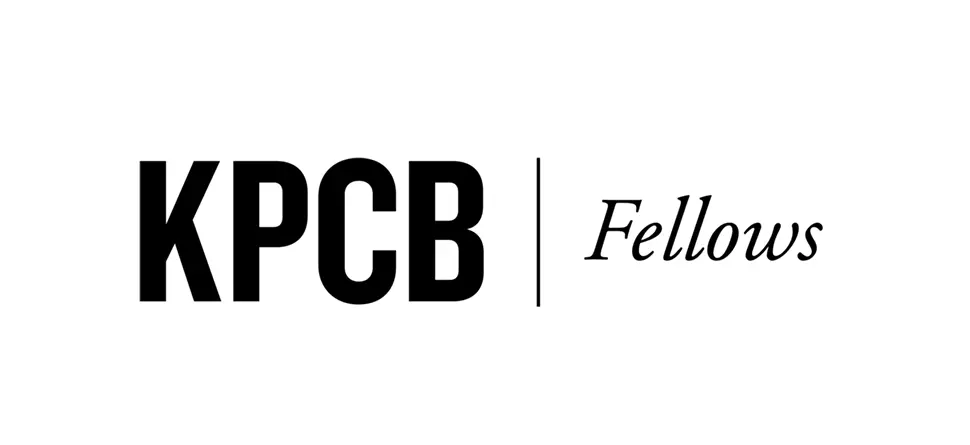
Fellowships are non-profit organization systems that provide help and benefits and Kleiner Perkins Fellowship is one of such. As you read through, we will show what they are all about and how to apply.

Kleiner Perkins Fellowship
The Kleiner Perkins Fellows program is a fellowship open to students studying Engineering, Product Development, and Design.
It offers students the chance to intern at a variety of early and late-stage startups from the program’s portfolio.
Additionally, participants can actively engage with and learn from a diverse community of fellow students who have their own valuable startup experiences.
This fellowship is specifically designed for individuals who possess not only strong technical skills but also demonstrate outstanding leadership abilities and a clear entrepreneurial mindset.
Many former fellows of this program have gone on to achieve remarkable accomplishments. Some have founded successful and rapidly growing startups such as Figma, OpenSea, and Persona.
Others have taken up senior positions at well-known companies like Doordash, Duolingo, and Quip.
Some have even pursued doctoral studies at prestigious institutions like Stanford, MIT (in fields like Human-Computer Interaction, Biology, and Computer Science), and Harvard, among numerous other remarkable achievements.
READ ALSO!!!
- Emergency Medicine Fellowships
- Sports Medicine Fellowship for Institutions
- Prime Minister Research Fellowship for Doctoral Research
- Hertz Fellowship | Hertz Foundation
- Peter Thiel Fellowship
How the Process Works
Applications for the Kleiner Perkins Fellows program are continuously accepted, and decisions are typically reached between April and June.
Candidates are required to submit two personal statements, a resume, domain-specific challenges relevant to their chosen track, and links to their personal profiles (e.g., Medium, YouTube, Twitter, GitHub, etc.).
During the initial review process, a significant number of candidates are eliminated for various reasons, including:
1. Failure to complete the domain-specific challenge.
2. Inadequate responses to the essay prompts.
3. Lack of alignment between their area of expertise and the role’s requirements.
The applications are meticulously assessed by a selection committee consisting of former KP Fellows, who evaluate candidates based on qualities such as technical competence, leadership skills, entrepreneurial spirit, and communication abilities.
Reviewers are also given the opportunity to take calculated risks on candidates who may not meet the conventional criteria but have compelling and inspiring stories to share.
Around March, candidates progress to interviews, including discussions with Fellows in the semi-finalist round and with Kleiner Perkins portfolio companies of interest.
In some cases, candidates may have already accepted an offer from a portfolio company and only need to pass the semi-finalist interview. Following these interviews, final decisions are made and publicly announced.
Application Statistics
These application figures at the initial stage are specifically related to the Engineering Fellowship for interns.
Distribution of Gender
- Male: 61%
- Female: 39%
Distribution of Year
- 2021 (Masters): <1%
- 2022 (Senior): 8%
- 2023 (Junior): 46%
- 2024 (Sophomore): 30%
- 2025 (Freshman): 15%
Distribution of Degrees
- Computer Science: 68%
- Engineering: 15%
- Math: 3.5%
- Other: 13.4%
Distribution of Bachelors Programs (engineering only)
Out of a total of 785 reported applications following the initial screening process, the following are the top 10 colleges with the highest number of candidates:
1. University of California, Berkeley: 11%
2. Stanford University: 6.4%
3. University of Southern California: 5.7%
4. University of Pennsylvania: 5.1%
5. Georgia Institute of Technology: 4.7%
6. University of Texas, Austin: 4.6%
7. University of Waterloo: 4%
8. Columbia University: 3.7%
9. Harvard University: 3.4%
10. Washington University in St. Louis: 3%
It comes as no surprise to me that some of the more renowned Computer Science universities are at the top of this list.
Many of these institutions have notably large Computer Science programs, which can skew the data.
Additionally, simply being aware of the existence of fellowships like this one can lead to more applicants from such universities.
However, the encouraging trend is that the proportion of candidates from smaller liberal arts colleges and historically black colleges and universities has increased significantly in recent years.
READ ALSO!!!
- Rangel Fellowship Graduate Program 2023 Updates
- National Science Foundation Graduate Research Fellowship
- Banting Postdoctoral Fellowships
- JSPS Postdoctoral Fellowship Program
- Ramanujan Fellowship
For more information, you can check some more of our articles or you can leave a comment in the comment in the comment section below and we will get back to you as soon as possible.







